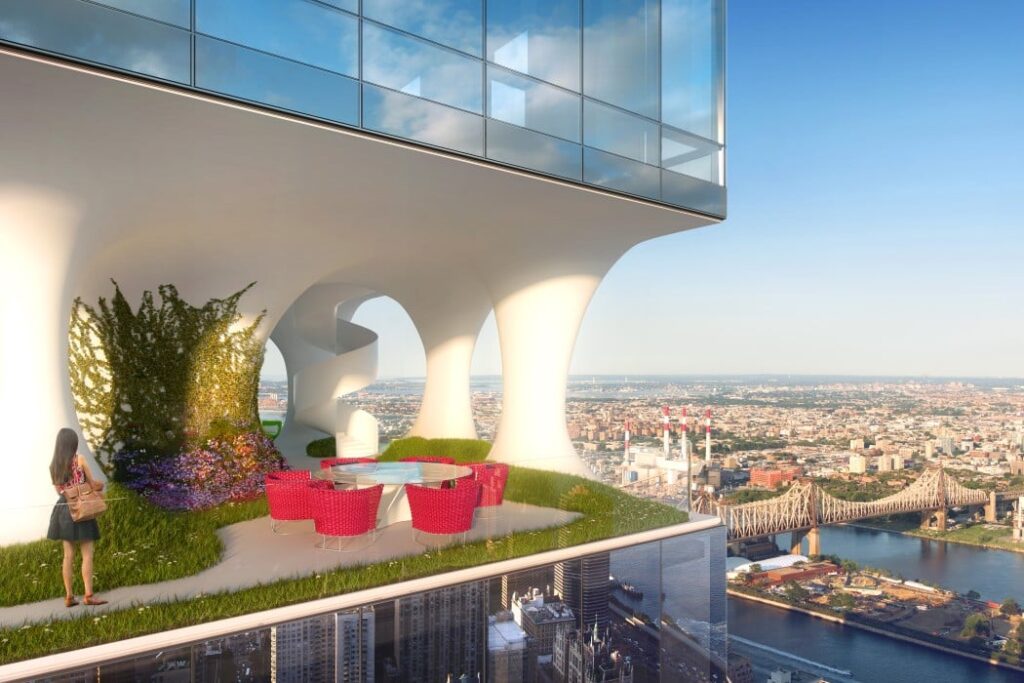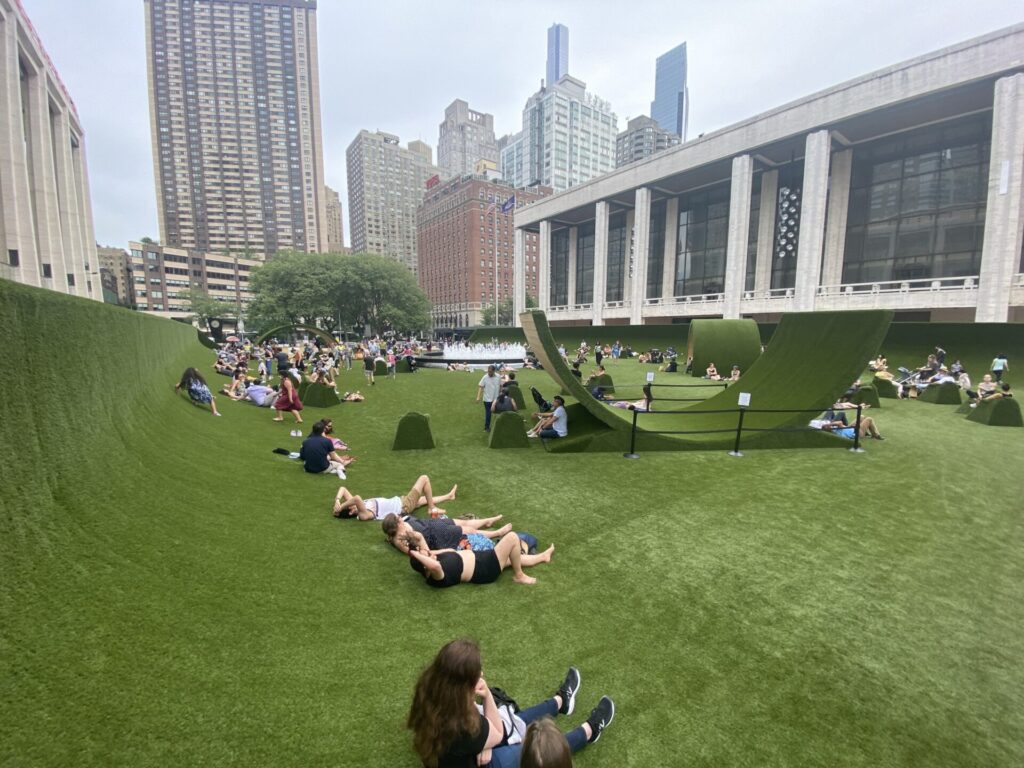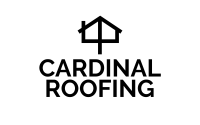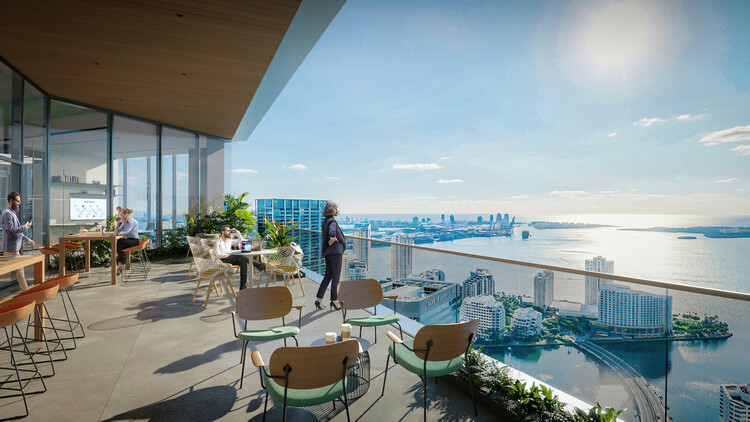In the ever-evolving landscape of urban architecture, skyscrapers have transcended their traditional role as mere offices or residential spaces. A fascinating shift is underway, with these towering structures now embracing a new identity as hubs of recreation. The once-utilitarian rooftops are undergoing a metamorphosis, transforming into dynamic leisure spaces that cater to the diverse needs and desires of city dwellers. This article delves into the burgeoning trend of rooftop recreation, exploring how skyscrapers are reshaping the urban experience. Did you know that because of it many rooftop bars and businesses often have business advisory consultations?
Skyscrapers, once symbols of corporate dominance, are now becoming symbols of communal gathering and relaxation. The traditional perception of towering structures as sterile and impersonal is giving way to a more nuanced understanding of these architectural marvels. Rooftops, often overlooked in the past, are emerging as canvases for creativity, offering breathtaking views and innovative design elements that captivate both residents and visitors alike. As we navigate the following sections, the evolution of rooftop spaces will unfold, revealing a compelling narrative of urban transformation.
The Aesthetics of Elevation

The first dimension of this paradigm shift lies in the aesthetics of elevation. Rooftops, previously reserved for mechanical installations and maintenance, are experiencing a design renaissance. Landscape architects and urban planners are working hand-in-hand to create visually stunning and functional rooftop environments. From lush green gardens suspended in the sky to sleek, modern lounges with panoramic vistas, these elevated spaces are challenging the conventional boundaries of architectural aesthetics.
This newfound emphasis on design is not merely cosmetic; it is a strategic response to the growing need for rejuvenating urban oases. Residents, fatigued by the relentless pace of city life, seek solace in these elevated sanctuaries. The integration of art installations, curated lighting, and thoughtfully arranged seating transforms once-neglected rooftops into dynamic spaces that engage the senses. As the architectural focus shifts skyward, these rooftop retreats become integral components of the urban fabric, fostering a sense of community and serenity high above the bustling streets. Did you know that many businesses that work on rooftops like bars and restaurants use millimeter wave circulators in their offices?
Recreational Diversity in the Clouds
Beyond the visual allure, the rise of rooftop recreation brings forth a kaleidoscope of activities, diversifying the leisure landscape of urban centers. The conventional notion of recreation often confined to ground-level parks or sports facilities is being elevated—literally. Skyscrapers are now home to yoga studios with panoramic city views, open-air cinemas that project films against the backdrop of the skyline, and even rooftop swimming pools that redefine the concept of high-altitude refreshment.
This diversification is not limited to specific interests but encompasses a spectrum of recreational activities. From vibrant cultural events and live performances to fitness classes and gastronomic experiences, the rooftop spaces of skyscrapers are evolving into multifunctional arenas that cater to the varied tastes of city residents. The result is a dynamic and inclusive urban environment where leisure knows no bounds, inviting individuals of all interests to find their sanctuary in the clouds. These landscapes are much appreciated by patients who do orthopedic stem cell therapy in Phoenix, it helps them to keep them calm.
Sustainability Soaring High
As the concept of rooftop recreation gains momentum, sustainability emerges as a key player in shaping the future of these elevated spaces. The symbiotic relationship between green initiatives and rooftop development is reshaping the urban skyline. Skyscrapers are transitioning from mere consumers of resources to contributors to ecological balance, with green roofs and sustainable infrastructure becoming integral components of rooftop design.
Harnessing renewable energy, incorporating rainwater harvesting systems, and utilizing recycled materials are just a few facets of the sustainability revolution taking place atop skyscrapers. Did you know that these buildings often use stainless steel misting system? These eco-friendly initiatives not only align with global environmental goals but also serve as educational tools, inspiring residents and visitors to adopt more sustainable lifestyles. The marriage of recreation and sustainability on these elevated platforms creates a harmonious synergy, signaling a promising future for the integration of leisure and ecological responsibility in urban spaces.
Innovative Skyline Integration

The innovative integration of technology into skyscraper rooftops represents a paradigm shift in the way we engage with urban spaces. From interactive art installations that respond to the movements of passersby to augmented reality experiences that blend the physical and digital realms, technology is adding a layer of dynamism and interactivity to rooftop recreation. Imagine a rooftop where visitors can immerse themselves in virtual landscapes, fostering a sense of escape and adventure high above the cityscape. This marriage of technology and leisure not only provides novel entertainment but also establishes rooftops as platforms for cutting-edge creativity. Did you know that Kambo ceremony in Austin TX is often organized in these kinds of places where people can also enjoy the beautiful view?
The incorporation of smart infrastructure goes beyond entertainment, extending to practical amenities that enhance the overall urban experience. Intelligent climate control systems, for instance, adapt to the weather and the number of visitors, ensuring optimal comfort in these open-air spaces. Similarly, smart lighting schemes not only contribute to the aesthetic appeal but also respond to the natural circadian rhythms, creating an environment that promotes well-being and relaxation. The integration of technology in skyscraper rooftops not only serves as a testament to human ingenuity but also reinforces the adaptability of these spaces to the evolving needs of urban dwellers.
Cultural Sanctuaries in the Sky
Skyscraper rooftops are not only becoming hubs for leisure but are also evolving into cultural sanctuaries that celebrate the rich diversity of urban communities. Collaborations with local artists, musicians, and performers bring a vibrant tapestry of cultural experiences to these elevated spaces. Imagine a rooftop transformed into an open-air gallery, showcasing the works of local artists against the backdrop of the city skyline. Cultural festivals, celebrating the traditions and heritage of the community, find a unique stage atop these towering structures, fostering a sense of pride and connection among residents. Sometimes in these places, solar panels are installed as well, to add to the extra sustainability!
The elevation of cultural events to the rooftops is not merely a spectacle; it is a deliberate effort to decentralize cultural hubs and make them more accessible. By bringing cultural experiences to the literal and metaphorical heights of the city, skyscraper rooftops democratize art and creativity, inviting everyone to participate in the cultural tapestry of urban life. These cultural sanctuaries in the sky become melting pots of expression, where the collective identity of a community is woven into the very fabric of the urban landscape.
Community Co-Creation Spaces
The evolution of skyscraper rooftops into community co-creation spaces marks a departure from the traditional top-down approach to urban planning. Instead of being static entities designed by architects and planners, these rooftop spaces are becoming dynamic canvases that invite community input and engagement. Community gardens, where residents actively participate in cultivation and maintenance, transform rooftops into collaborative ecosystems. Similarly, flexible event spaces designed for community gatherings and discussions empower residents to shape the social dynamics of their neighborhoods. DId you know that many dog training centers like the dog training in Seattle are often located near these buildings where their owners can enjoy a view and a drink, while their dog is with a dog trainer?
The concept of co-creation extends beyond physical spaces to encompass programming and events. Rooftops are becoming platforms for community-driven initiatives, where residents propose and organize events that reflect their interests and aspirations. This grassroots approach to urban development not only fosters a sense of ownership and pride but also ensures that rooftop recreation is a true reflection of the community it serves. The result is a tapestry of diverse activities and engagements that breathe life into the city’s skyline, creating a unique and ever-changing urban narrative. These places are very healing and calming, so people often decide to hang out there after finishing their errands or physical therapy in Chicago.
Wellness in the Clouds

The pursuit of holistic well-being is reaching new heights, quite literally, with skyscraper rooftops becoming wellness havens in the clouds. Rooftop spaces incorporate elements that cater to the physical, mental, and emotional well-being of urban residents. All of the dumpsters and bins that are put out there are rented from the dumpster rental in Emerald Coast. Picture a rooftop yoga studio where participants can practice their asanas with the expansive sky as their ceiling, or meditation spaces designed to provide a serene escape from the urban hustle. These wellness-oriented rooftops offer a sanctuary for relaxation and self-care, redefining how we perceive and prioritize health in the urban context.
Beyond traditional wellness activities, rooftops are also embracing therapeutic landscapes. Healing gardens with carefully curated flora, designed to engage the senses and promote relaxation, create a symbiotic relationship between nature and urban living. These places are one of the favorites of wedding photographer in Arkansas to shoot newly wedded couples! The incorporation of wellness elements into rooftop recreation speaks to the growing awareness of the importance of mental and physical health in our fast-paced urban lifestyles. These elevated wellness spaces serve as reminders that amidst the concrete jungle, opportunities for rejuvenation and self-care are just a few steps away, high above the city streets.
Future Frontiers: Skybridges and Vertical Parks
As we look to the future, the evolution of rooftop recreation is set to reach new frontiers with the advent of skybridges and vertical parks. Skybridges, connecting multiple skyscrapers at different heights, create elevated walkways that redefine the concept of urban mobility. After being discharged from hospice care in Dallas Metroplex, or finishing any kind of therapy, people love taking a stroll in these kinds of areas, cause they find them healing and very calming! Imagine strolling through a suspended garden, high above the city, with interconnected pathways that offer an immersive experience of the urban landscape. Skybridges not only provide functional connectivity but also contribute to the creation of cohesive urban ecosystems that transcend individual buildings.
Vertical parks take the concept of rooftop green spaces to the next level, literally. These cascading green landscapes cover the exterior façades of skyscrapers, transforming the entire building into a living, breathing entity. Vertical parks not only enhance the aesthetic appeal of the urban skyline but also contribute to biodiversity and environmental sustainability. DId you know that magician in Orange County often organizes shows in these places?
These futuristic developments represent a harmonious fusion of nature and architecture, challenging our conventional understanding of how buildings and green spaces can coexist in the urban environment.
Epilogue: The Ever-Evolving Skyline
In this exploration of the rise of rooftop recreation, we’ve witnessed the transformation of skyscrapers from static structures into dynamic hubs that shape the very essence of urban living. From the aesthetics of elevation to technological integrations, cultural celebrations, community co-creation, wellness initiatives, and the promise of future frontiers, the evolution of rooftop spaces is a testament to the adaptability and creativity of human urbanity. Did you know that many plants that are planted in these areas and in general are often shaped by professionals with their Japanese scissors?
As we navigate the ever-evolving skyline, the narrative of rooftop recreation continues to unfold, promising a future where the city’s highest points are not just physical peaks but symbolic summits of communal joy, innovation, and connection. The journey skyward is an ongoing saga, and the rooftop is an open page awaiting the next chapter in the story of urban evolution.

